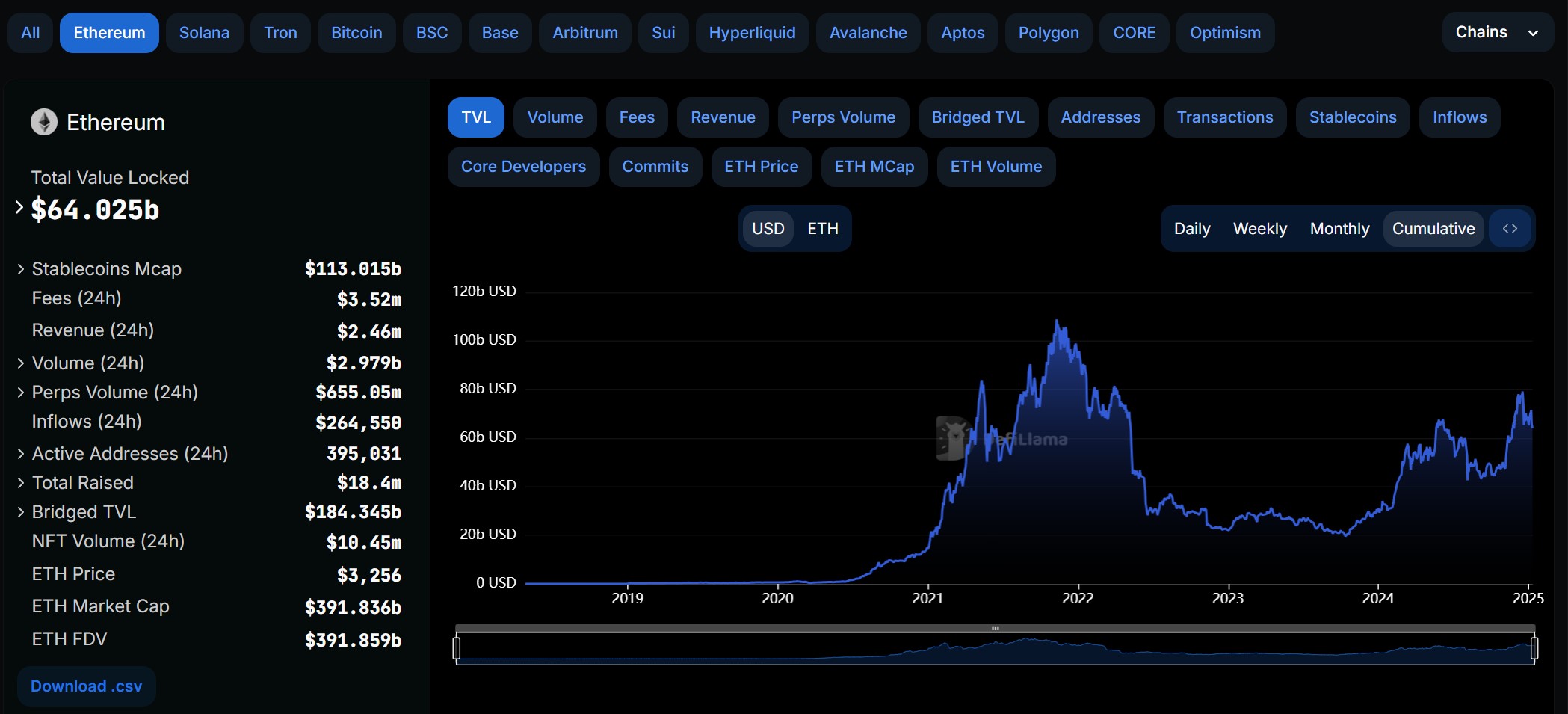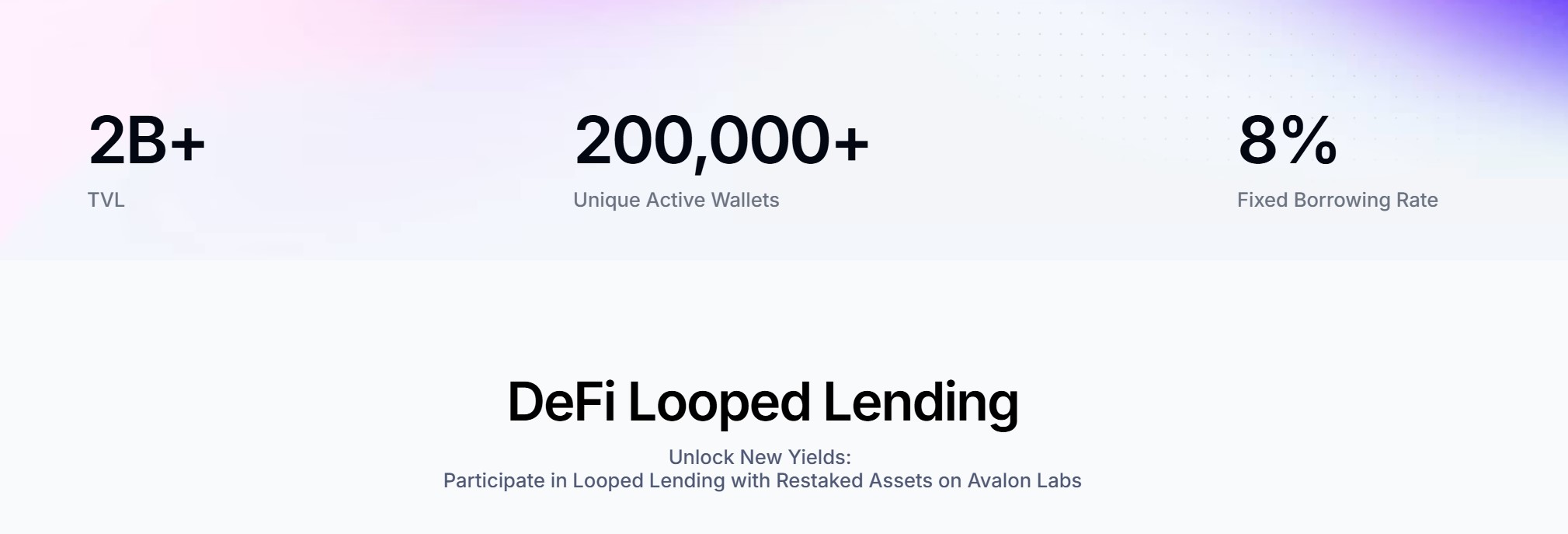Trillions of dollars worth of dormant Bitcoin need an answer for "turning idle assets into more liquid ones."
Written by: JiaYi
I have mentioned multiple times that the trillion-dollar Bitcoin is actually the largest and highest quality "fund pool" in the crypto world.
Last month, Avalon Labs, the largest on-chain lending protocol in the Bitcoin ecosystem, just completed a $10 million Series A financing led by Framework Ventures. My venture capital firm, GeekCartel, also participated, hoping to work with Avalon and more innovative projects in the Bitcoin ecosystem to transform BTC from a digital store of value into a more active financial tool.
In fact, for the Bitcoin ecosystem, starting from Babylon and Solv, BTC as a liquid asset and niche asset is visibly further evolving into richer on-chain structured yield scenarios, gradually giving rise to a unique and self-contained BTCFi ecosystem.
From a sustainable perspective, if we can activate dormant BTC and build an efficient and secure liquidity network, it will completely open up the global imagination space for BTC as a trillion-dollar asset to serve as a DeFi niche asset.
Liberating Bitcoin Liquidity: Industry Practices
According to DeFiLlama data, as of January 9, 2025, the total locked value on the Ethereum chain exceeded $64 billion, a significant increase of nearly 180% compared to January 2023 ($23 billion). However, during the same period, the Bitcoin ecosystem, which began to gain momentum alongside the Ordinal wave, despite BTC's market cap and price growth far exceeding ETH, has never caught up with the expansion speed of the Ethereum ecosystem.
It is important to note that even releasing 10% of BTC liquidity would create a market worth up to $180 billion. If it can reach a TVL ratio similar to ETH (on-chain TVL/total market cap, currently about 16%), it would release approximately $300 billion in liquidity.

This is enough to drive explosive growth in the BTCFi ecosystem, with the potential to surpass the broader EVM networks and become the largest super-chain financial ecosystem.
From this perspective, the greatest imaginative space for a Bitcoin liquidity platform like Avalon, which "allows anyone to benefit from BTC lending," lies here—it has already become the largest lending protocol in the entire BTC ecosystem, second only to DAI and lisUSD.
This has also created the record for the fastest TVL growth of any DeFi lending protocol in history. According to official data, Avalon Labs' TVL has surpassed $2 billion, and the Bitcoin stablecoin USDa it launched exceeded $500 million in locked value just one week after its launch.

For current BTC holders, fully utilizing their dormant BTC assets is a necessity, but they also do not want their BTC to bear too much principal loss risk. Ideally, they would like to convert fixed assets into liquid ones for easier operation.
Therefore, on-chain lending protocols based on Bitcoin are destined to welcome an opportunity window, which is also Avalon’s opportunity—the lending rate is fixed at 8%, with professional institutions managing the collateralized Bitcoin, while the stablecoins lent out are supplied in unlimited quantities, providing BTC holders with greater liquidity to participate in other projects within the ecosystem.
The logic of this approach has also been validated by the market. It is worth mentioning that Avalon’s official strategy differs from other TVL projects in that they focus on the healthy construction of retail investors within the entire ecosystem, not just the game of large holders. Anyone can participate and leverage within a safe range to maximize returns.
What is the Value of Bitcoin Stablecoins?
From the perspective of stablecoins, on-chain decentralized stablecoins are still dominated by debt-collateralized positions (CDP) stablecoins—MakerDAO's DAI is the largest, followed by liUSD, USDJ, and others.
Essentially, CDPs do not look like loans—borrowers mint a CDP, and the protocol oracle calculates the dollar value at a 1:1 price. The CDP can be sold on the open market, allowing the borrower to "borrow" another asset while the lender receives the CDP.
In simple terms, this is an extension of stablecoin usage built on lending scenarios, essentially creating an additional liquidity trading pool for those dormant assets. Taking Avalon as an example, its ecosystem currently has four core business segments: yield-bearing stablecoin USDa based on Bitcoin collateral; a lending protocol based on USDa; a hybrid lending platform connecting DeFi and CeFi; and a decentralized lending protocol supporting BTC staking.

This is also why stablecoin protocols and lending protocols easily permeate each other—such as Aave, which is based on lending, and MakerDAO, both moving towards each other, with one launching a native stablecoin GHO and the other accelerating the construction of its own lending scenario coverage.
Therefore, on the same basis, Avalon’s liquidity market can form a "lending" relationship with the underlying assets while building a stablecoin USDa market through liquidity design and providing users with fixed-income products.
In short, Avalon has truly made it possible for anyone to benefit from BTC lending, turning Bitcoin from an idle asset into a more liquid one. This not only helps the Bitcoin ecosystem solve the long-standing stablecoin problem but also achieves cross-chain compatibility through LayerZero technology, allowing users to seamlessly operate USDa across multiple DeFi ecosystems without the need for third-party cross-chain bridges, effectively bringing Bitcoin ecosystem liquidity to other chains.
It is important to note that most BTC is in a dormant state. Due to having sufficient safety margins compared to other altcoins, many OGs or Maxis lack the motivation or willingness to risk moving it across chains to ecosystems like Ethereum, leading to most BTC remaining dormant for a long time, with the scale of BTCFi stagnating.
In this context, USDa is a relatively important part. On one hand, USDa fills the gap in the DeFi infrastructure (lending protocol) missing in the Bitcoin ecosystem. On the other hand, Avalon’s USDa, through the advantages of the CeDeFi lending platform, allows users to use USDa to obtain USDT from CeFi liquidity providers, solving the pegging issue.
It also provides a foundational framework for the Bitcoin network to efficiently utilize assets and activate dormant BTC, enabling more BTC holders to safely participate in on-chain liquidity activities and confidently place large amounts of dormant BTC into DeFi liquidity pools for exchange or yield generation.
Conclusion
It is foreseeable that as Bitcoin assets gradually awaken, BTCFi is likely to become a new DeFi asset direction with a scale reaching hundreds of billions of dollars, becoming a key lever for building a prosperous on-chain ecosystem.
As an investor in Avalon, I believe that in just a few months, it has become the absolute leader in the BTCFi lending track, and I am firmly convinced that Avalon and BTCFi will perform even better in the future—building diverse financial product forms and DeFi scenarios centered around BTC, redefining the role of BTC in the entire DeFi field.
As for whether the deep integration of BTC in the DeFi field can reach a critical turning point, it is worth looking forward to.
免责声明:本文章仅代表作者个人观点,不代表本平台的立场和观点。本文章仅供信息分享,不构成对任何人的任何投资建议。用户与作者之间的任何争议,与本平台无关。如网页中刊载的文章或图片涉及侵权,请提供相关的权利证明和身份证明发送邮件到support@aicoin.com,本平台相关工作人员将会进行核查。




